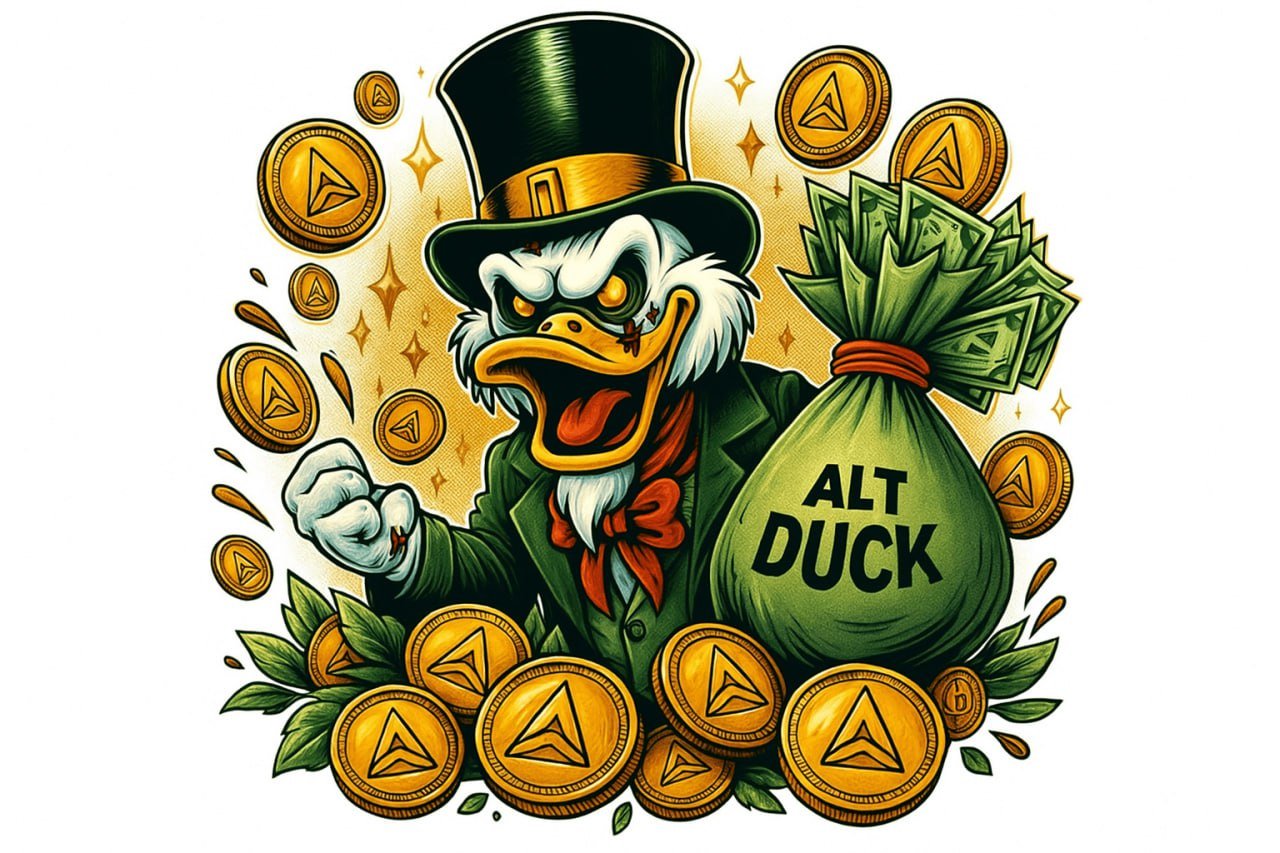TerraClassicUSD
Download app Ironwallet and get tool for making transaction without network fee
About TerraClassicUSD
TerraClassicUSD (USTC) is a decentralized stablecoin that aims to provide price stability and wide adoption. It is a revival of the original TerraUSD algorithmic stablecoin that collapsed in May 2022. USTC operates on the Terra Classic blockchain, a fork of the original Terra blockchain. As a stablecoin, USTC is designed to maintain a 1:1 peg to the US dollar.
History of TerraClassicUSD
USTC has its origins in TerraUSD (UST), which was the native stablecoin of the Terra blockchain network. UST initially used an algorithmic mechanism to maintain its peg to the US dollar. However, in May 2022, UST lost its peg as a massive selloff occurred, and the entire Terra ecosystem collapsed in a “death spiral”. To revive the network, the Terra blockchain was forked into the new Terra network, and the original chain continued as Terra Classic. The relaunched stablecoin on the Classic chain was named TerraClassicUSD (USTC).
How TerraClassicUSD Works
TerraClassicUSD utilizes a distinct mechanism known as “mint and burn,” which involves its own currency, USTC, and its associated asset, Luna Classic (LUNC). The process works as follows: if the value of USTC falls below $1, individuals have the option to eliminate 1 USTC in exchange for creating Luna Classic worth $1. Conversely, when the value of USTC exceeds $1, individuals can choose to get rid of Luna Classic worth $1 to create 1 USTC. The primary goal of this system is to ensure the stability of USTC’s price. It does so by enabling arbitrage trading, which effectively manages the supply and demand of both USTC and LUNC.
Advantages of TerraClassicUSD
As a decentralized algorithmic stablecoin, TerraClassicUSD offers some advantages including:
- Transparency via public blockchain and embedded crypto economics
- No need to hold fiat currency reserves for backing
- Independence from centralized third parties
- Rapid and low-cost cross-border transactions
Disadvantages and Risks of TerraClassicUSD
However, algorithmic stablecoins still pose certain disadvantages and risks:
- Still experimental technology with fragility risk
- Speculation-driven volatility and potential depegging
- Lacks the stability of fiat currency & collateralized crypto
- Questionable long term sustainability without real world assets
The Collapse of Original TerraUSD
The collapse of the original UST stablecoin highlights the risks inherent with algorithmic stablecoins. While UST aimed to maintain its peg algorithmically through minting and burning of Luna tokens, this mechanism failed under market stress. A depegging selloff led to a “death spiral” where UST lost its dollar peg entirely. This caused immense financial damage and loss of confidence in algorithmic stablecoin models. The reasons for the collapse are still being analyzed, but show the risks when stablecoin mechanisms break down.
Revival and Relaunch as TerraClassicUSD
In the aftermath of UST’s failure, the Terra community chose to fork the original blockchain into the new Terra chain, while preserving the original chain as Terra Classic. TerraClassicUSD was launched as a redesigned stablecoin for Terra Classic, aiming to restore confidence by moving to a fiat-collateralized model and reforming ecosystem governance. The process demonstrated the determination of the Terra developer community. However, TerraClassicUSD faces the challenge of rebuilding trust and usage of a tarnished brand.
Future Outlook for TerraClassicUSD
It remains to be seen whether TerraClassicUSD can succeed in cementing its peg and gaining adoption. Much depends on rebuilding confidence in the brand, providing transparency over its dollar reserves, and re-establishing the Terra Classic network’s utility. However, skepticism remains over whether the reserve model can reliably maintain the peg long-term. Competition from other stablecoins also continues to intensify. But if its peg holds, TerraClassicUSD could potentially find niches serving users seeking a decentralized stablecoin.
Closing Thoughts
TerraClassicUSD aims to bring back a stablecoin for the Terra ecosystem after the collapse of the original UST. However, it faces an uphill battle to overcome the loss of trust, gain adoption, and assure users of the resilience of its reserves-backed model. Its future depends on how well it can re-establish confidence and find utility. The journey of UST and USTC illustrates both the potential benefits and immense risks associated with algorithmic stablecoins. Only time will tell if TerraClassicUSD can realize the former once again.





















